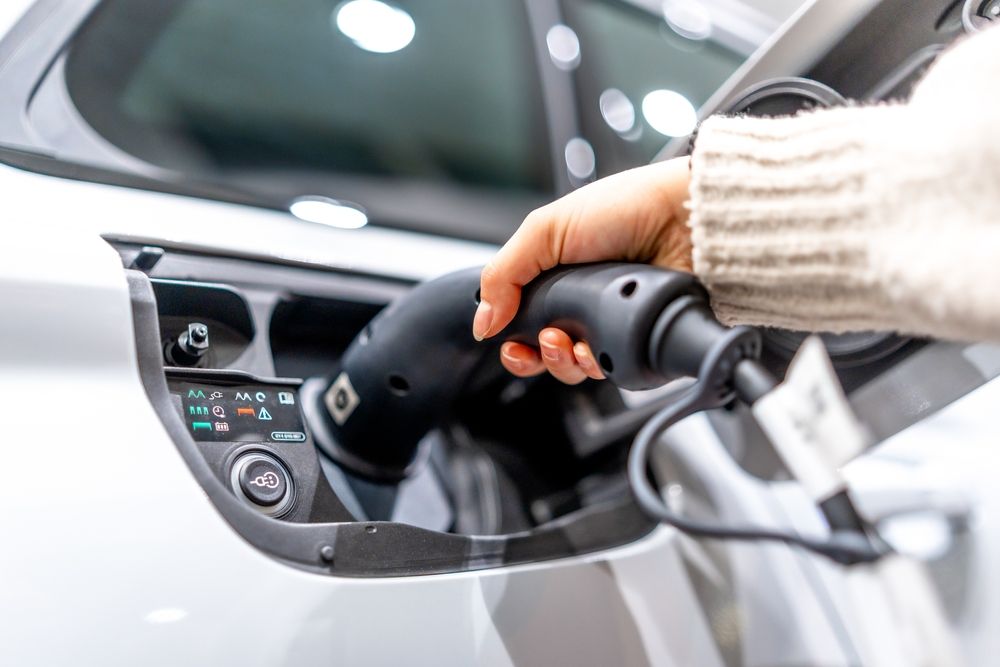Buying a car is a significant investment, and ensuring it meets safety standards is crucial for protecting yourself and your passengers. With advancements in automotive technology, modern cars come equipped with various safety features that can prevent accidents and minimize injuries. This guide offers smart tips on what to look for when purchasing a car with safety as a top priority, helping you make an informed decision that ensures peace of mind on the road.
Research Safety Ratings
Before making a purchase, research the safety ratings of the vehicles you’re considering. Organizations like the National Highway Traffic Safety Administration (NHTSA) and the Insurance Institute for Highway Safety (IIHS) provide detailed safety evaluations. These ratings cover various crash tests, including frontal, side, and rollover crashes, and offer an overall safety score. Choosing a car with high safety ratings can significantly enhance your protection in the event of an accident, giving you confidence in your vehicle’s ability to keep you safe.
Prioritize Advanced Safety Features
Modern cars come with a plethora of advanced safety features designed to prevent accidents. Look for vehicles equipped with features such as anti-lock braking systems (ABS), electronic stability control (ESC), and traction control. Additionally, advanced driver assistance systems (ADAS) like adaptive cruise control, lane departure warning, and automatic emergency braking can provide an extra layer of safety. These technologies not only improve driving safety but also reduce the risk of human error, making your driving experience more secure.
Check for Airbags and Their Placement
Airbags are a fundamental safety feature in cars, providing critical protection during collisions. Ensure the car you’re considering has front, side, and curtain airbags. Side and curtain airbags protect passengers during side-impact crashes and rollovers, significantly reducing the risk of severe injuries. Check the placement and coverage of the airbags to ensure they offer comprehensive protection for all passengers. The more comprehensive the airbag system, the better equipped the vehicle is to protect its occupants in various crash scenarios.
Evaluate Crash Test Performance
While safety ratings provide a general overview, diving deeper into specific crash test performance can offer more insights. Examine how the vehicle performs in frontal, side, and rear crash tests. Pay particular attention to the results of small overlap front tests, which simulate a collision with an object like a tree or pole at the front corner of the car. Vehicles that perform well in these rigorous tests are generally safer, offering better protection in real-world accidents.

Assess Structural Integrity
The structural integrity of a vehicle plays a crucial role in its overall safety. Look for cars with strong safety cages and crumple zones designed to absorb impact energy. High-strength steel and advanced engineering techniques enhance a vehicle’s ability to withstand collisions while protecting occupants. Structural integrity is especially important in larger vehicles like SUVs and trucks, which can be prone to rollovers if not designed properly.
Consider Size and Weight
The size and weight of a vehicle can influence its safety in different ways. Generally, larger and heavier vehicles offer better protection in crashes due to their greater mass and longer crumple zones. However, they can also be more challenging to maneuver and may pose a higher risk to smaller vehicles in collisions. Balance your preference for size and weight with the overall safety features and crash performance of the vehicle.
Test the Braking System
A reliable braking system is essential for preventing accidents. During your test drive, pay close attention to the car’s braking performance. Ensure the brakes respond promptly and smoothly without any unusual noises or vibrations. Check if the car is equipped with ABS, which helps maintain steering control during hard braking. Effective brakes can make a significant difference in avoiding potential collisions.
Inspect Visibility and Lighting
Good visibility and lighting are critical for safe driving. Assess the vehicle’s design for potential blind spots and check if it has features like blind-spot monitoring and rearview cameras. Additionally, ensure the headlights provide adequate illumination for night driving and adverse weather conditions. High-quality headlights and taillights enhance your ability to see and be seen, reducing the risk of accidents.
Review the Car's History
If you’re considering a used car, review its history report thoroughly. Look for signs of previous accidents, repairs, or recalls that might affect the car’s safety. A clean history report can provide peace of mind, ensuring the car hasn’t been compromised by past incidents. Certified pre-owned programs often offer vehicles that have passed rigorous inspections and come with warranties, providing an added layer of security.
Choose a Vehicle with Strong Safety Culture
Manufacturers with a strong safety culture consistently produce vehicles with superior safety features and ratings. Research the brand’s reputation for safety and look for models that consistently receive high marks from safety organizations. Companies that prioritize safety often lead the industry with innovations and improvements that enhance driver and passenger protection.
Choosing a car with safety in mind involves thorough research and careful consideration of various factors. From safety ratings and advanced features to structural integrity and visibility, each element plays a vital role in ensuring your protection on the road. By prioritizing these aspects and making informed decisions, you can select a vehicle that not only meets your needs but also provides peace of mind. Investing in a safe car is an investment in your and your passengers' well-being, making every journey safer and more enjoyable.




